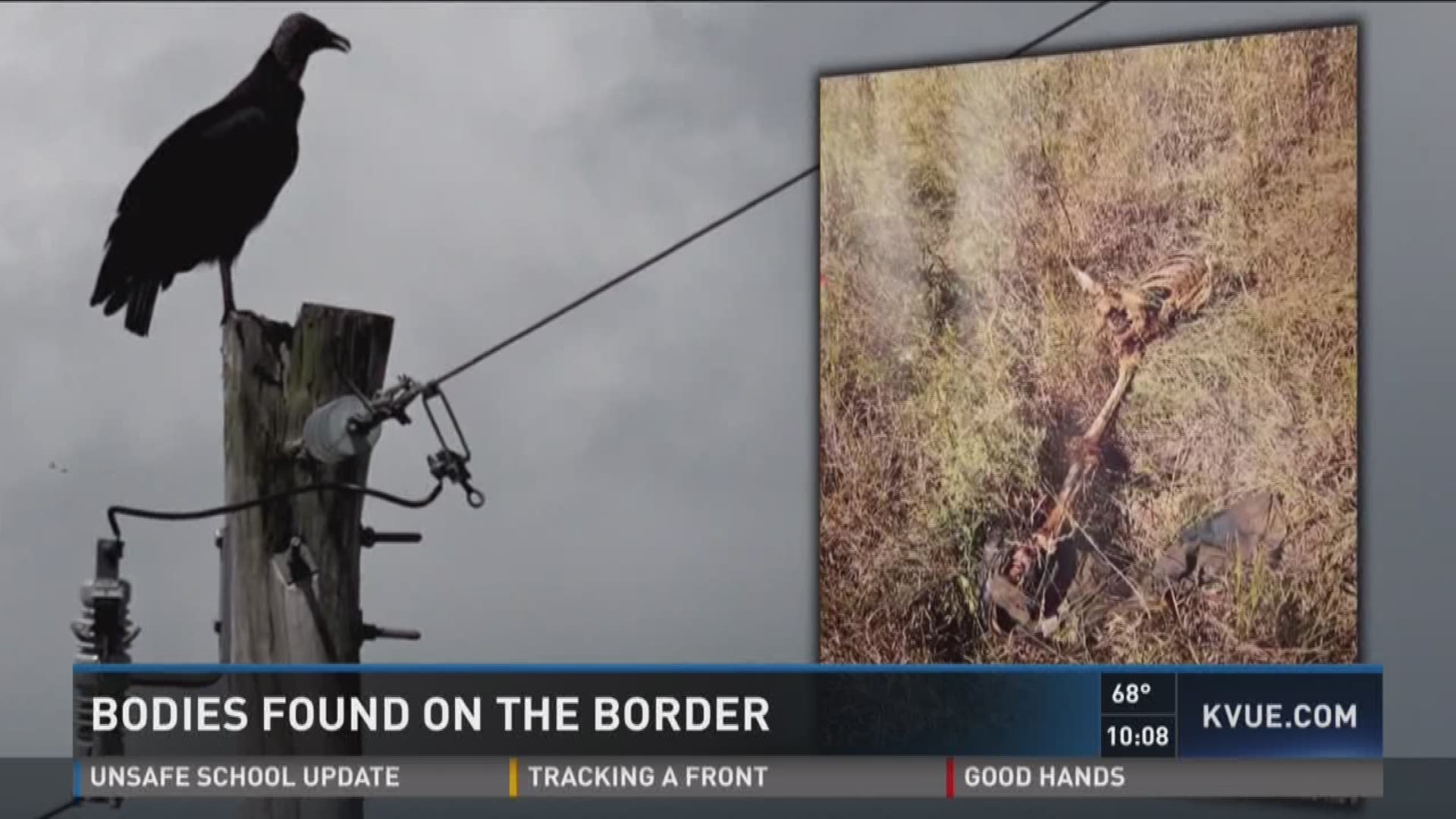Authorities in Brooks County discover more bodies than any other county in Texas. Since 2012, there has been an influx of illegal immigrants trying to cross into the US through Texas. Most are of them are from South America, where undocumented immigrants from Mexico cross through Arizona. Many don't make it across.
But Brooks County is not a border town. In fact, it's 70 miles away from the Texas-Mexico border. It's home to the Falfurrias Border Patrol Station which sits in the middle of the superhighway of drug and human smuggling.
"If border patrol is successful on one side, then they move to the other so it's a constant flux," said Don White.
White is a volunteer deputy with the Brooks County Sheriff's Office. He's the one in charge of finding the bodies.
Since 2009, Brooks County authorities have discovered the remains of 525 immigrants. White believes there are thousands more they haven't found yet.
"There's a missing person conference in Houston every year and Brooks County has more reports taken there than Houston or Harris (County)," said White.
Harris is the largest county in Texas.
In 2015, there were 26 reports of missing persons in one day in Brooks County. The most in a 24-hour period.
The border patrol checkpoint in Brooks County is surrounded by miles of open space and private ranchland. It's the very reason Brooks County is so popular with human and drug smugglers. The chances of getting caught can be slim.
"Well, we got one track there, second impression over there, another impression here," White showed KVUE'S Jenni Lee.
The footprints in the sand are a couple of days old. Smugglers instruct immigrants where to go for the rendezvous meet up.
"They tell people to cross so many high fences going north and so many low fences and at that point they're supposed to leave the woods and come out to the highway for pick up at the rest area," said White.
What they never tell them is how long and how hard the journey will be; that it can take days to cross.
More bodies are discovered in the hotter months of the year - July, August, September - than other months of the year.
"If you're walking out in this and you don't have a gallon a day, you're going to be stressed," said White.
In 2012, the number of bodies discovered in Brooks County hit an all-time high: 129. So many immigrants use these routes that some ranchers installed ladders because they were tired of their fences being broken or bent.
A couple of years ago, the South Texas Human Rights Project started installing water stations at the ranches. Marked by a red cross white flag above, big blue plastic barrels contain gallons of water. But that's not all. On the lid, there are GPS coordinates so crossers know where they are.
Brooks County has so many unidentified bodies they've called in Texas State University's Forensic Anthropology Department for help.
The bodies are stored in a special lab. The smell gives it away.
"There may be almost completely skeletonized but they still have a little bit of soft tissue, like fat and stuff that adheres," said Dr. Daniel Wescott.
Dr. Wescott is the director of the department. Dr. Kate Spradley is the project director of the Operation Identification. Their team is in charge of identifying all the bodies. Not an easy task.
"Most of the people who die crossing the border are very similar biological profiles, they're all young," said Dr. Wescott.
That's why the personal items discovered with the bodies are so important. They're stored in a freezer to prevent decay.
"Any kind of food items, any kind of jewelry, any kind of clothing... That includes Cheetos bags, anything that they have with them... What a lot of times the families will recognize is oh he had those shoes and a brown shirt," explained Dr. Wescott.
Students work on biological and cultural profiles and try to determine a country of origin with the goal of giving closure to families. So far, Dr. Wescott and his students have identified 20 out of 200 bodies.
Meantime, White continues examining clues and searching for distressed immigrants while equipped with extra water and medical supplies. He hopes to find them alive before it's too late.
"And they get into those areas and that's when it really beats them down because you might be in the sun three or four hours between shade," White said.
In 2015, Texas lawmakers mandated the Texas Forensic Science Commission streamline, a process for collecting forensic evidence related to the unidentified bodies.
Texas State University is one of many non-governmental groups that helped with that effort. Dr. Daniel Wescott expects the identification process to now go a little faster.

